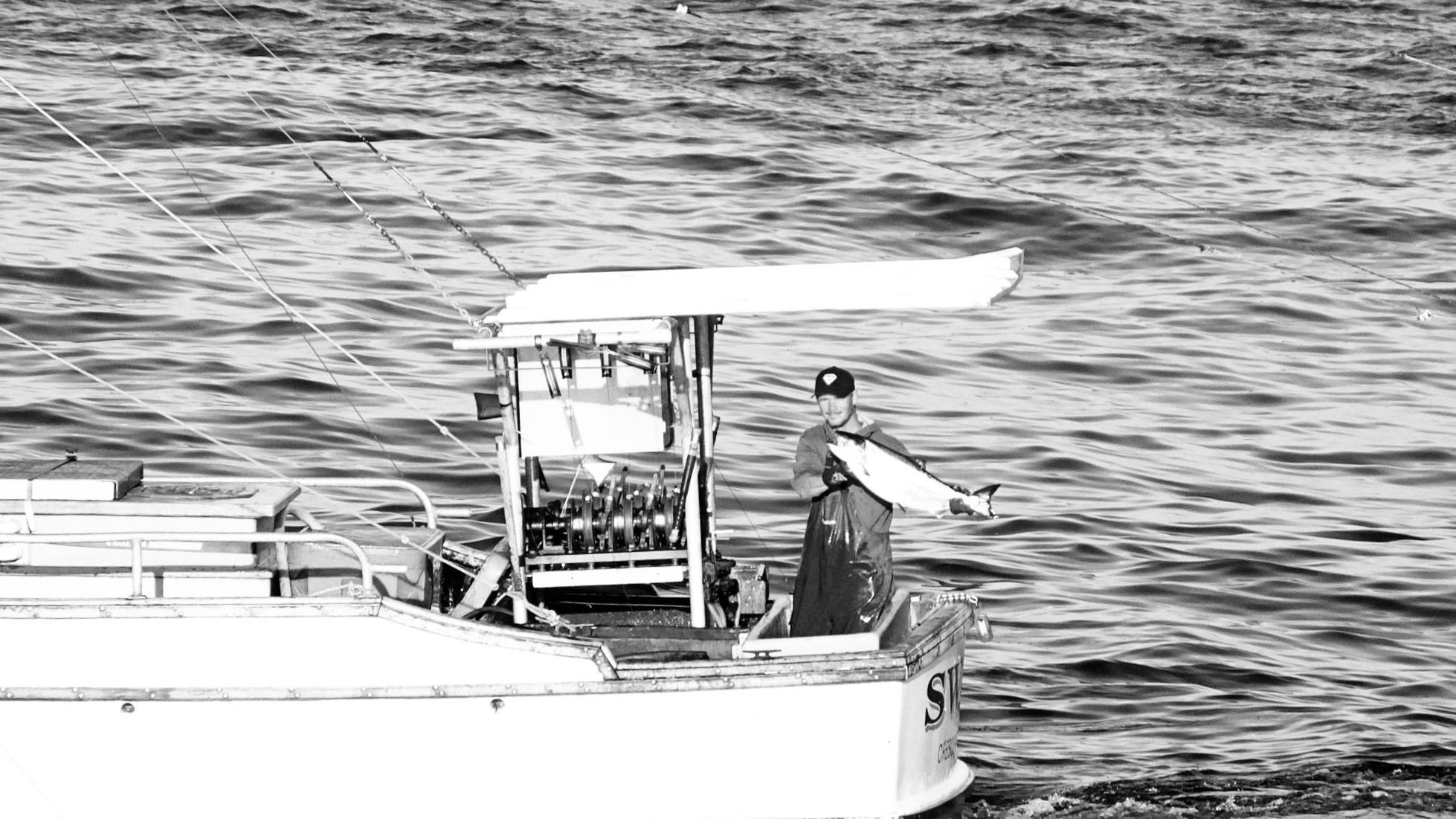
Salmon
The 2025 California Commercial Salmon Season: Why Full Closure Was Unavoidable
The Pacific Coast Federation of Fishermen’s Associations (PCFFA) supported a full closure of California’s 2025 commercial salmon season at the Pacific Fishery Management Council meeting in San Jose this week. We appreciate the efforts from the California Department of Fish and Wildlife (CDFW) to explore ways to allow some fishing, but unfortunately, the proposed limited opening did not make economic or biological sense and would risk long-term recovery efforts that the fleet has already sacrificed two seasons to achieve.
The recommendation under consideration would have opened a small portion of the coast between Point Reyes and Point Sur during the month of September only, with a total quota of 8,000 Chinook salmon and a weekly landing limit of 15 to 25 fish per vessel. The structure was what is commonly referred to as a credit card fishery, and unfortunately, like a shiny card that offers short-term gratification, it may feel like opportunity in the moment, but it comes with a bill to pay later. In this case, we would have no way of knowing how high that cost might be, and the fleet has already paid too much.
Every fish caught in 2025 September fisheries will come off the top of what will be available for harvest in 2026. Early signs suggest that 2026 could bring stronger returns and higher ocean abundance. Without knowing which stocks might be encountered or what the full biological consequences could be, there was no way to responsibly justify entering next season already carrying an unknown debt to repay, particularly when that debt resulted from limited fishing opportunity for a few and a cost that would be shared by all.
PCFFA President George Bradshaw has spent countless hours at Council meetings, crunching numbers and evaluating options that would not compromise long-term recovery. He and others, including CDFW staff, worked hard to find meaningful opportunity. Unfortunately, the numbers simply did not support that path yet.
PCFFA is not standing by or waiting for conditions to improve on their own. We are actively leading and contributing to efforts to rebuild salmon abundance and accelerate recovery. As a founding organization and the commercial fishing voice in the Bridge Group coalition, PCFFA works alongside water users, farmers, river guides, charter boats, and state and federal fish and water agencies on coordinated strategies to support salmon populations and improve long-term outcomes. This year, we helped launch a new Net Pen Project on the Sacramento River to improve main stem imprinting. The project is showing exciting early success, and we will have more information to share in the coming weeks as those fish become ready to be released. We are also consulting on a study for rice field rearing efforts to support juvenile fish. We are bringing all groups to the table to coordinate strategic and diversified hatchery and water releases to improve survival and adult return rates so we can get back on the water as soon as possible. Longer term, we are committed to expanding hatchery production on the Sacramento main stem to mitigate the dramatic loss of naturally spawned eggs and increase adult returns that support harvest. As part of these efforts, a PCFFA team will travel to Washington, D.C. in May with other salmon stakeholders to advocate for federal investments in hatchery construction that will increase production, bring back our salmon fisheries, and support our communities.
PCFFA is made up of working fishermen, and we carry the weight of what this fleet has already endured. This wasn’t the 2025 outcome anyone wanted, but given the circumstances, it was the right call. We’re grateful to CDFW for continuing to work alongside us, even when the options were limited. Our focus is the future and returning real opportunity to our industry. PCFFA’s goal is maximum access for maximum participation across all ports and all fisheries, to support working families, provide food, and sustain our coastal communities. We’re in this for the long haul, and we hope you’ll stay in the fight with us.
